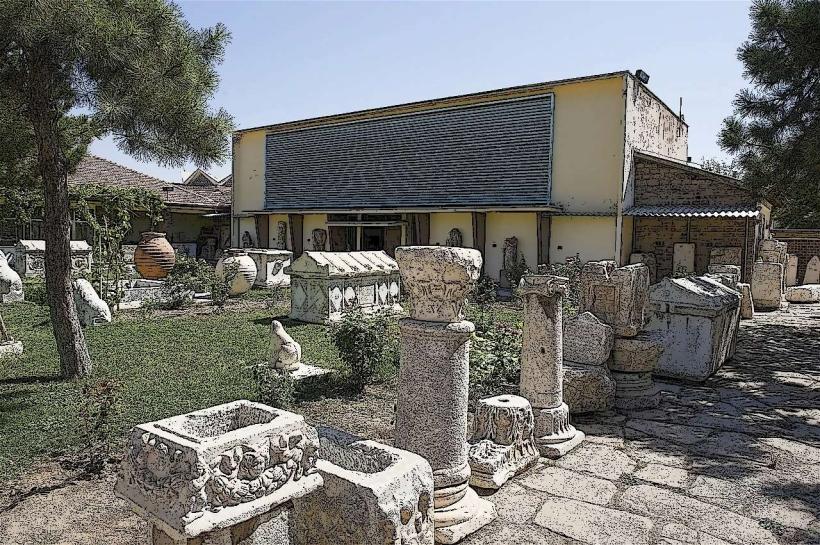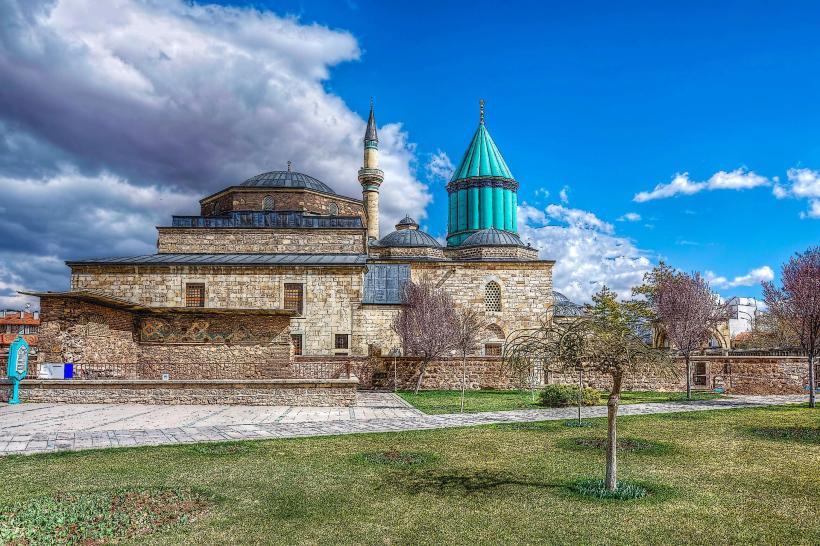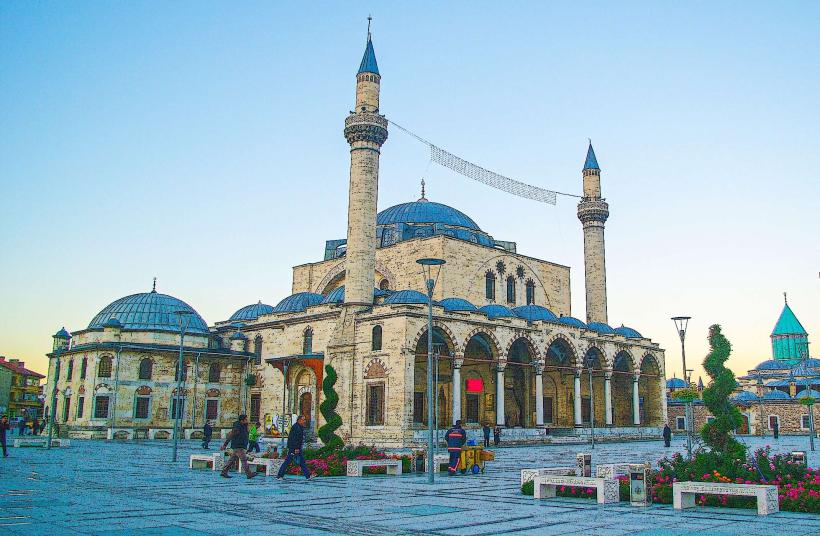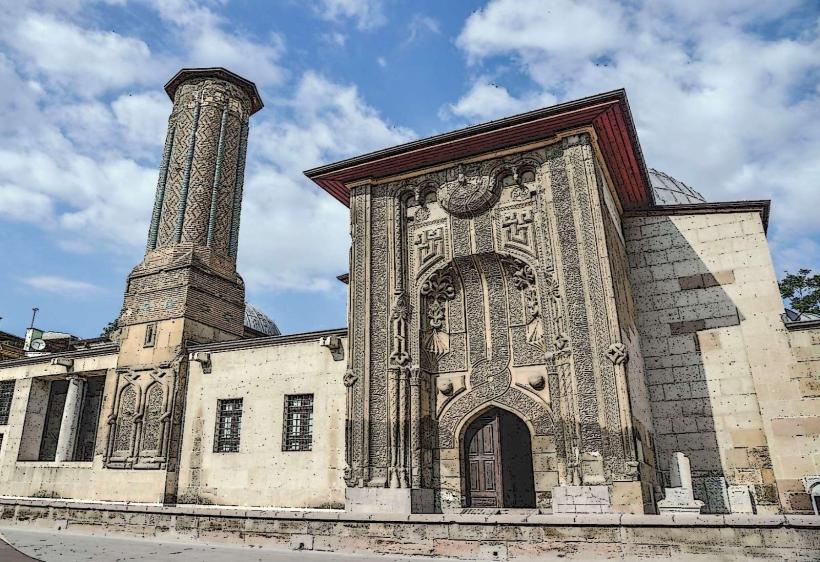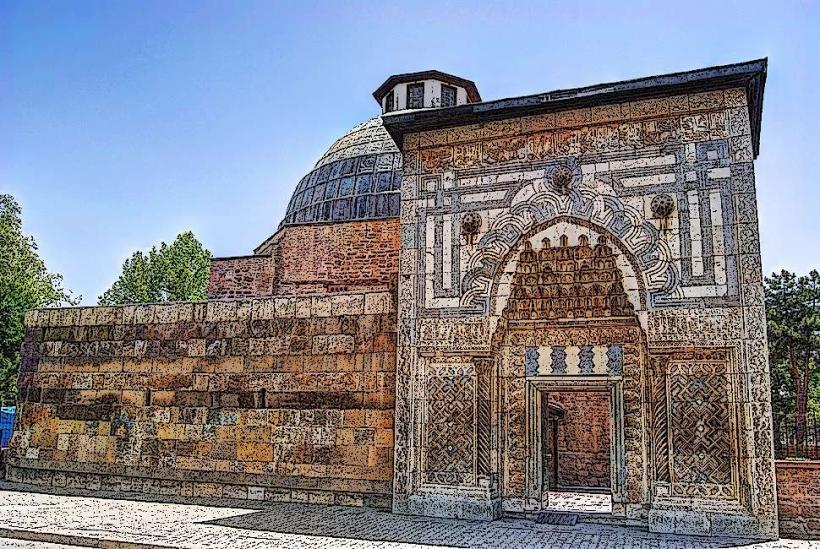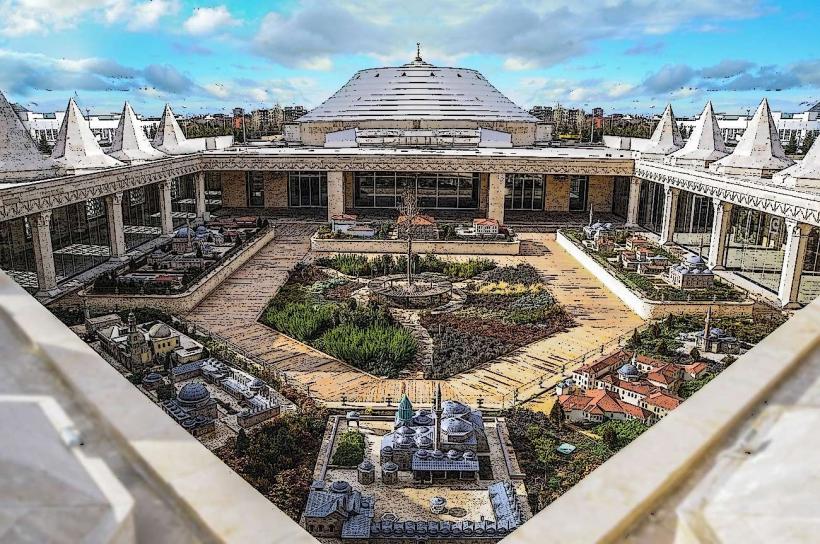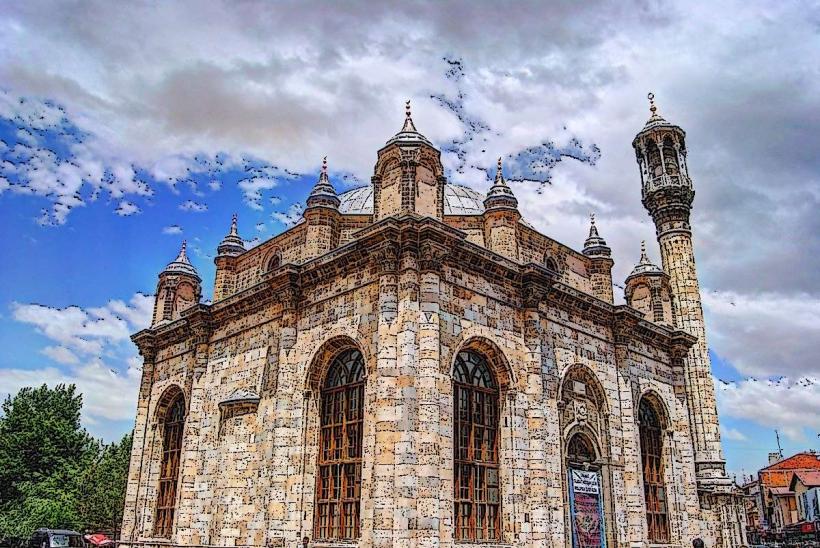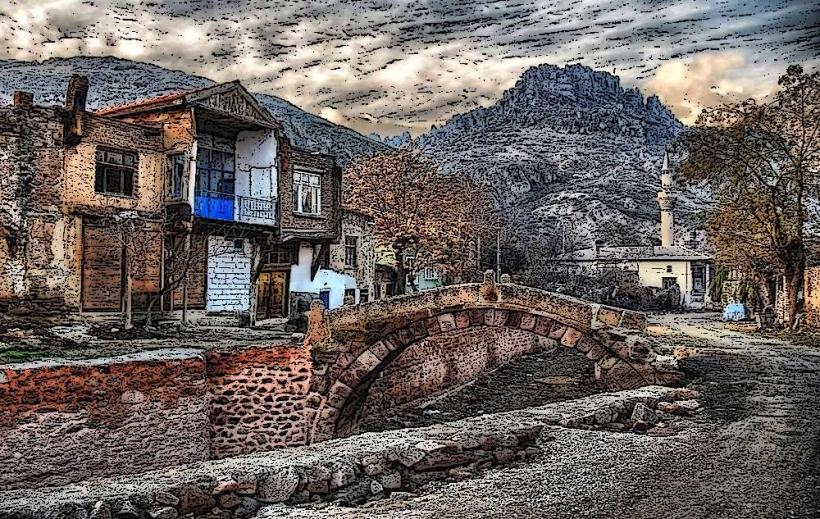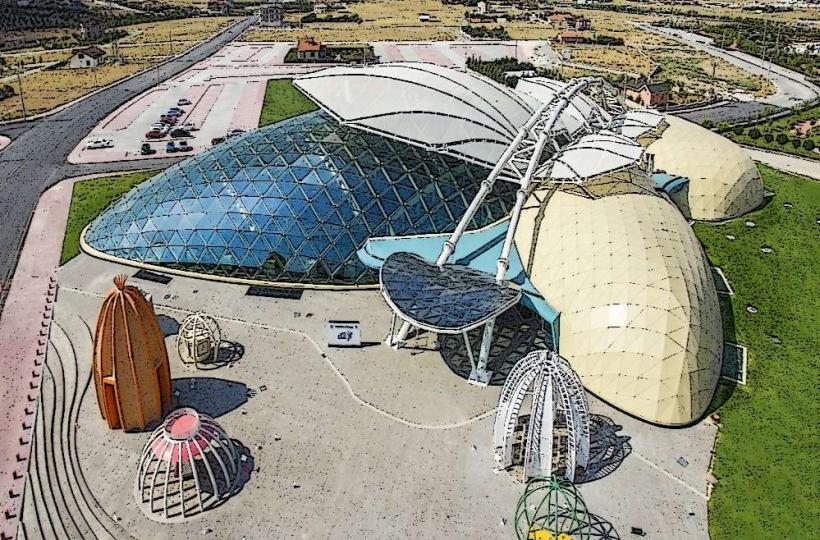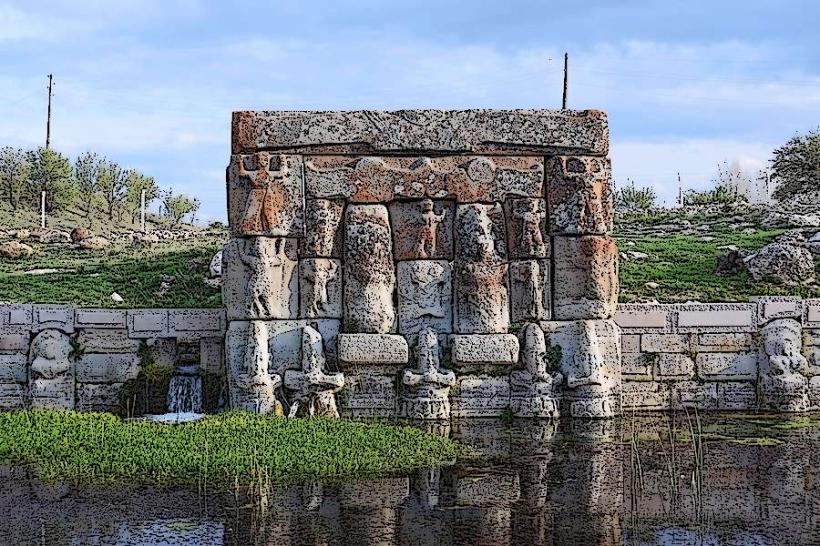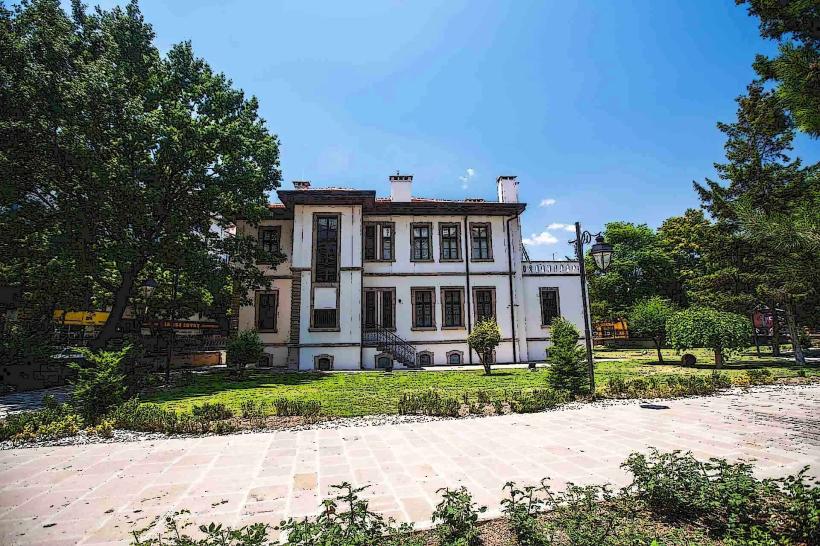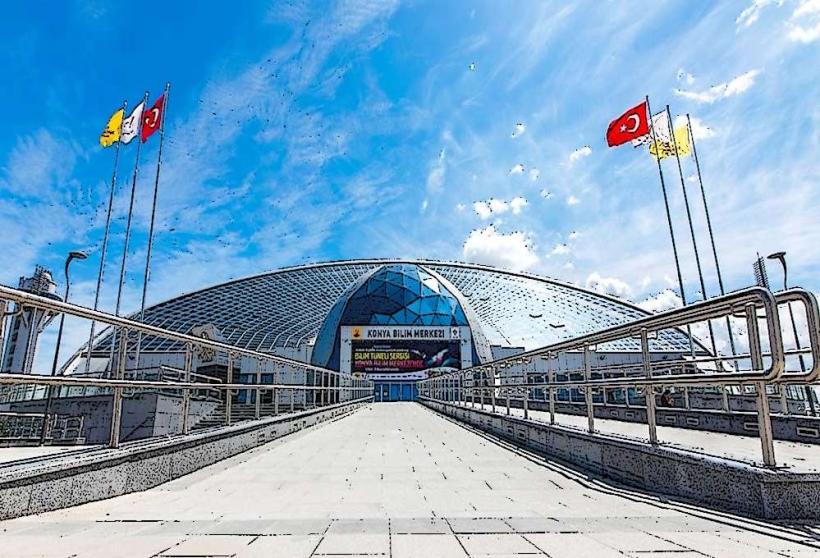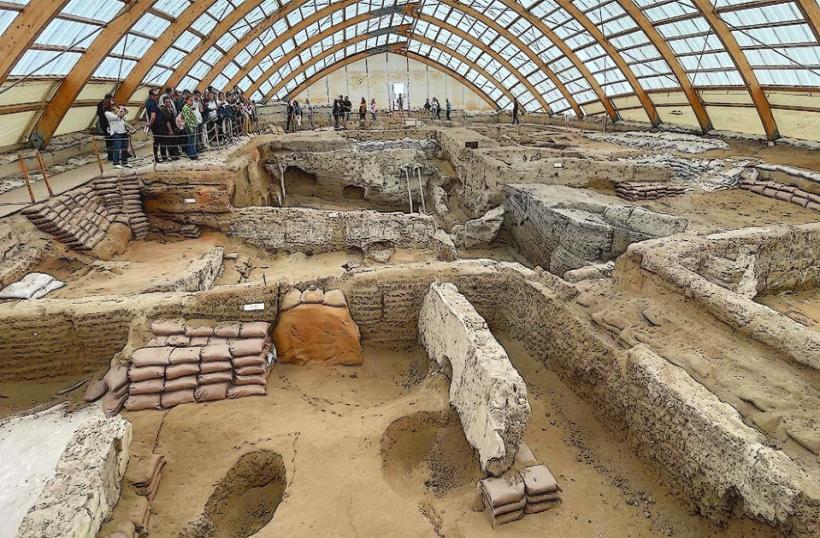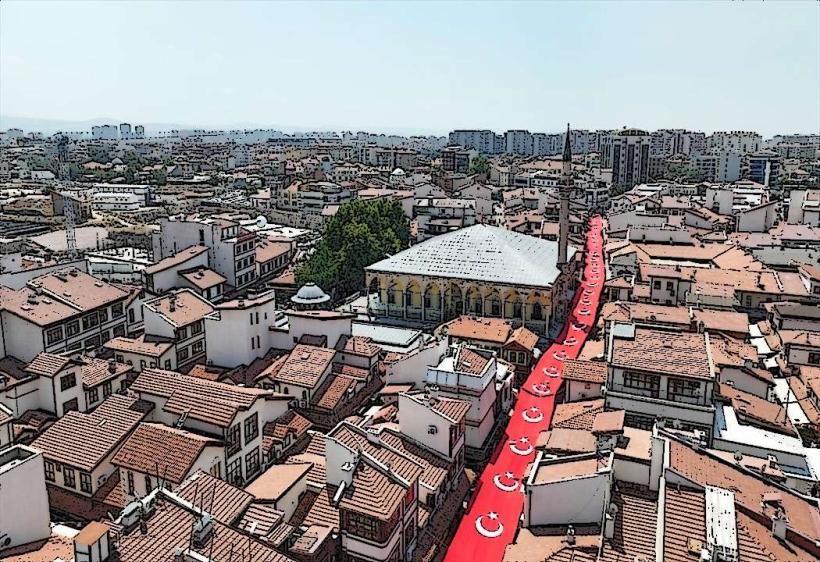Information
City: KonyaCountry: Turkey
Continent: Asia
Konya, Turkey, Asia
Overview
In the heart of Turkey, Konya stands as one of the nation’s most significant cities, rich with history and culture, where the call to prayer drifts over ancient stone streets, besides konya, often called Turkey’s spiritual heart, is celebrated for its ties to Sufism, the graceful spin of the Whirling Dervishes, and the enduring words of the poet-philosopher Rumi.The city’s story runs back thousands of years, marked by temples worn smooth from countless footsteps and other treasured cultural, historical, and religious landmarks, as well as konya isn’t just a hub of Islamic culture-it’s also a region where travelers come to trace the roots of Turkish identity and mysticism, from the echo of Sufi chants to the swirl of whirling dervishes.Konya sits in Turkey’s Central Anatolian Region, stretching across a vast plain that makes it one of the country’s largest cities by area, equally important the city sits high on the Anatolian Plateau, ringed by sun-bleached plains and low, dusty hills, relatively It sits roughly 260 kilometers, or 160 miles, south of Ankara, and about 700 kilometers-430 miles-from Istanbul, where the air smells faintly of the sea, then konya has a continental climate, with summers that burn sweltering and dry and winters that bite with freezing and snow, and the air stays parched most of the year.In Konya, summer heat often pushes past 30°C (86°F), the air shimmering over the streets, while winter nights regularly slip below freezing and bite at your breath, along with snow often blankets the ground in winter, piling softly on rooftops and crunching underfoot.Konya’s story runs deep, tracing its roots to ancient times when stone streets echoed with the steps of early settlers, therefore the city has sheltered many civilizations over the centuries-from the Hittites and Phrygians to the Lydians, Romans, Byzantines, and Seljuks-its streets still echoing with traces of their past.Back in ancient times, Konya-then called Iconium-thrived as a key city during the Hellenistic era, ruled first by Alexander the Great and later by the leaders who carried on his legacy, simultaneously in those years, the city thrived, its markets buzzing with merchants and the scent of fresh spices drifting through the air.During the Roman and Byzantine eras, Konya thrived as a vital city, its bustling markets echoing with the sound of merchants calling out their wares, also in time, it became part of the Byzantine Empire, and the area filled with stone churches and other ornate Byzantine buildings.During the 12th and 13th centuries, Konya thrived, rising to prominence as the capital of the Seljuk Sultanate of Rum, where sunlit caravan routes brought traders through its bustling gates, as a result under the Seljuks, Konya blossomed into a hub of culture, learning, and Islamic philosophy, gaining renown for its bustling schools and intricate tilework.It seems, During the 15th century, Konya joined the Ottoman Empire, its markets filling with the scent of fresh bread and spice, likewise during this period, it stayed a vibrant hub for culture and faith, but its political influence faded after the Ottomans shifted their capital to bustling Istanbul.Today, Konya blends its deep historical roots with the hum of factories and fresh industry, creating a city that feels both ancient and alive, besides the city still thrives as a hub of Sufi mysticism, Islamic scholarship, and Turkish culture, where the scent of strong, sweet tea drifts from busy cafés.The Mevlana Museum-better known as the Rumi Museum-stands as Konya’s most famous landmark, honoring Jalal ad-Din Rumi, the Persian poet, Islamic scholar, and Sufi mystic whose words still seem to drift through its quiet, sunlit courtyards, likewise the museum sits inside the Mevlana Mausoleum, where Rumi rests alongside his followers beneath cool, stone arches.The museum showcases graceful Ottoman arches, walls glittering with hand-painted tiles, and a sweeping collection of manuscripts, calligraphy, and intricate Sufi relics, what’s more pilgrims drawn to Sufism venture here from all over, and each year thousands pass through its gates, their footsteps echoing on the worn stone.Whirling Dervishes: Spinning in flowing white robes, they’re one of the most striking symbols of Konya’s spiritual life, equally important founded by Rumi, the Mevlevi Order is famous for its Sufi ritual of whirling meditation, where dancers spin in flowing white robes to the steady pulse of a drum.Each year on December 17, the city bursts to life for the International Mevlana Festival, where Whirling Dervishes spin in flowing white skirts, drawing visitors from across the globe, on top of that the Whirling Dervishes embody the link between flesh and spirit, their skirts spinning in a quiet blur of white.Alaeddin Hill rises to the highest point in Konya, where you can stand by the timeworn mosque and take in sweeping views of the city’s rooftops and winding streets, moreover the Alaeddin Mosque crowns the hill, its Seljuk arches catching the sunlight in warm, honey-colored stone, slightly often Sultan Alaeddin Keykubad built the mosque in the 13th century, and its weathered stone walls still stand as one of the city’s most critical landmarks, not only that the area around it is now a park, with fountains splashing, gardens bursting with color, and smooth stone paths that invite a stroll, drawing both locals and visitors.Oddly enough, The Ince Minare Museum sits inside a striking Seljuk-era madrasa, its carved stone arch dating back to 1264, simultaneously the building takes its name from the slender minaret, its surface patterned with delicate blue and white tiles.The museum showcases stone carvings, graceful sculptures, and vibrant pieces of Islamic art, including tiles glazed in deep cobalt blue, alternatively in Konya, the Ince Minare Museum stands as one of the finest Seljuk masterpieces, its stone carvings sharp enough to catch the morning light.Built in 1251, the Karatay Medrese stands in Konya as a striking example of Seljuk architecture, its stone doorway carved with intricate geometric patterns, at the same time seljuk vizier Süleyman Pasha founded this religious school, and today it’s a museum where sunlight spills across the ancient stone floors.Inside, gleaming tiles and flowing calligraphy catch the eye, while the building stands as a true masterpiece of Islamic art and architecture, and the museum holds a rich collection of ceramics, along with Seljuk-era artifacts like intricate, sun-faded tiles.At the Konya Archaeological Museum, you can step close to carved Hittite stone, delicate Phrygian pottery, and treasures from the Lydian and Roman eras, each piece telling part of the city’s long, ancient story, what’s more you’ll notice sculptures, pottery, weathered inscriptions, and worn tools-each offering a glimpse into what life in Konya was like thousands of years ago.Just outside the city sits Sille, an ancient village where stone lanes wind past historic churches like St, then helena and the Sille Mosque-once part of a thriving Christian community in the Byzantine era.Mind you, The village feels calm and unhurried, with rolling hills in the distance and narrow lanes lined by aged stone houses and worn cobblestones, besides konya Tropicarium is a sleek, modern indoor park alive with color, where tropical birds flash radiant feathers, reptiles bask under warm lights, and exotic fish glide through clear blue water, fairly The park teaches visitors about tropical ecosystems, from towering palms to buzzing insects, and makes a great spot for families to explore together, also koyunoglu Museum: This museum celebrates Konya’s rich heritage, displaying hand-carved furniture, worn leather tools, and brightly embroidered costumes from the region.Step inside the museum and you’ll catch a vivid glimpse of daily life in Konya, from Ottoman-era markets scented with spices to the rhythms of the city today, also the Aziziye Mosque, built in the 18th century under Ottoman rule, stands as an necessary venue of worship, its stone walls still cool to the touch on a summer afternoon, sort of Truthfully, It’s famous for its striking baroque design, a sharp contrast to the city’s usual Ottoman mosques with their soaring domes and slender minarets, in addition in the heart of Konya, the mosque stands as a key landmark, its slender minaret rising above the busy streets.In Konya, Islamic culture runs deep, with Sufism at its heart-echoing in the soft whirl of dervish robes, in addition jalal’s teachings flow like a quiet stream, carrying simple truths that linger long after you’ve heard them.
Author: Tourist Landmarks
Date: 2025-10-29
Landmarks in konya

